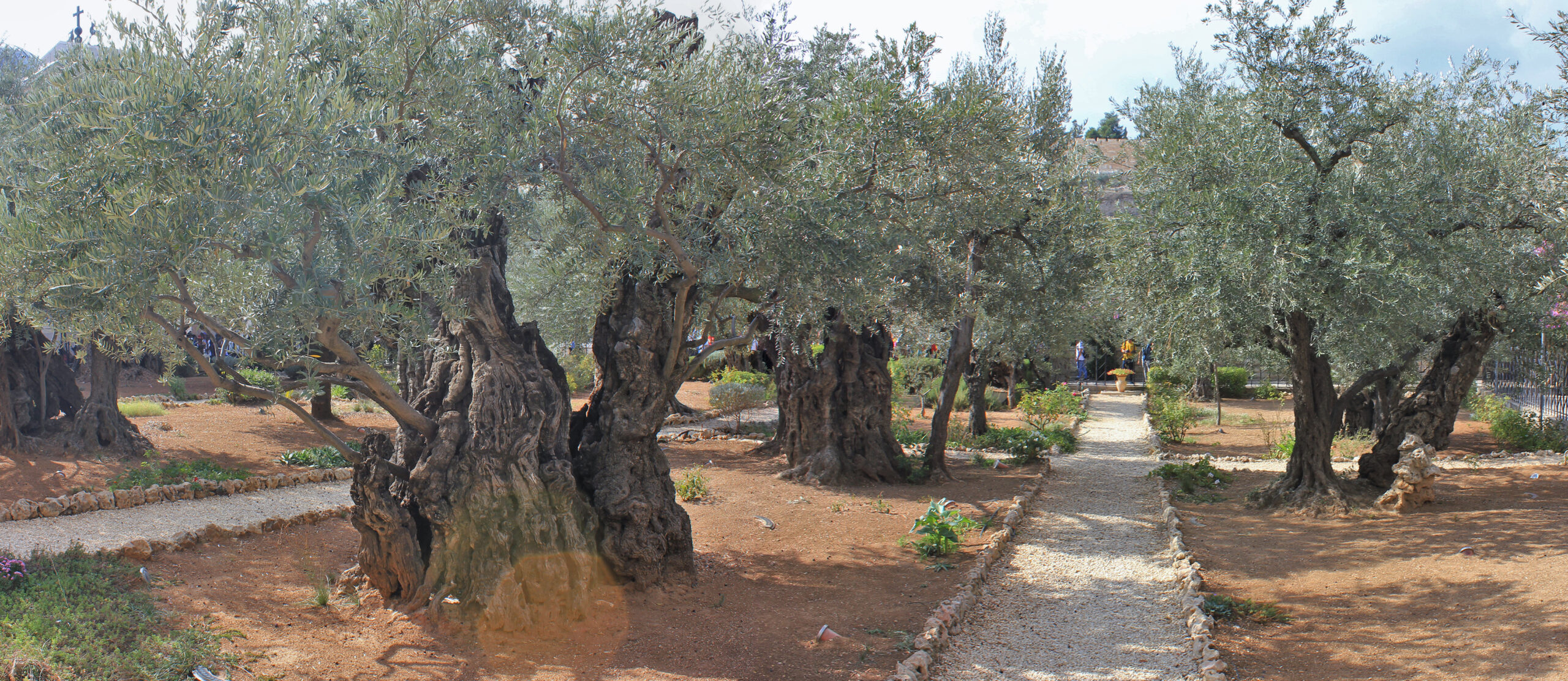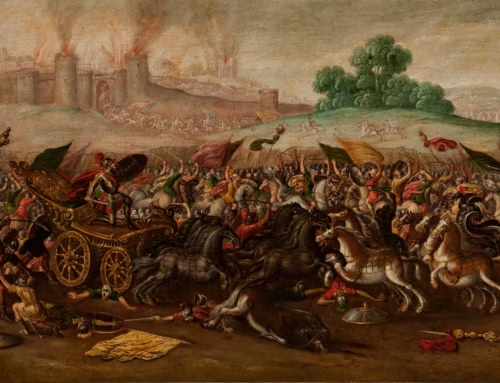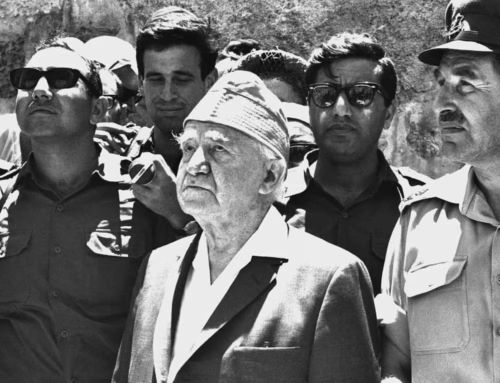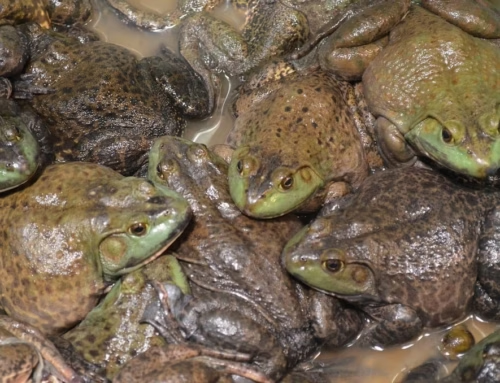The olive tree in holidays and festivals
Every year, school children in Israel plant up to half a million trees during the holiday of Tu BiShvat. The olive tree – one of seven biblical trees and plants mentioned in Deuteronomy 8:8 – is one of the trees planted.

Olive tree in Gethsemane, Jerusalem. Photo: Commons wikimedia
Tu BiShvat is a Jewish holiday that occurs on the 15th day of the Hebrew month of Shevat, which this year falls on February 6 on the Gregorian calendar. The holiday, which begins at sundown the day before, is also called Rosh HaShanah La’Ilanot, which means “the new year of the trees”. In the Jewish list of holidays, Tu BiShvat is classified as a holiday (along with Purim and Chanukkah), but not as a festival because of certain special commandments. Together with Hanukkah it’s the only holiday that is not celebrated in the synagogue.
During the holiday, it has become tradition to eat fruits from Israel, and especially of the seven fruits with which the land has been blessed, and to plant trees. Every year, school children in Israel plant up to half a million trees during Tu BiShvat. The olive tree is one of the trees that are planted. The olive tree is also one of seven biblical trees or plants mentioned in Deuteronomy 8:8 “It is a land of wheat and barley, with vines, fig trees and pomegranate trees, a land of beautiful olive trees and dates”.
Produces olive oil
Olive tree is a tree that bears the fruit, the olives, which is used, among other things, to produce olive oil. The tree is often mentioned in the Bible and eventually became a symbol for the Jewish people to become rooted in the Holy Land. The olive tree appears in the emblems of the State of Israel and of the Israel Defense Forces (IDF).
The tree has become a symbol of peace and was used at weddings and festivals in biblical times. The Bible often refers to the olive tree as a symbol of life. In Jeremiah 11:16, the people of Israel are described as an olive tree: “The Lord called your name, A green olive tree, beautiful in fruit and form;”.
Central to the sacrifices
Olive oil was also central to the sacrifices in the temple in Jerusalem. The anointing oil was made from oil extracted from pitted olives. In the temple, the candlestick was burning with olive oil. During the Jewish holiday of Hanukkah, eight candles are lit in an eight-branched candlestick with olive oil to commemorate the rededication of the temple in 164 BC. When the kings in Israel were anointed with oil, it was olive oil. The oil became an outward sign that the king was anointed with the Holy Spirit to accomplish this God-given task. Production of oil placed special demands on ritual purity which explains the need for ritual baths.



